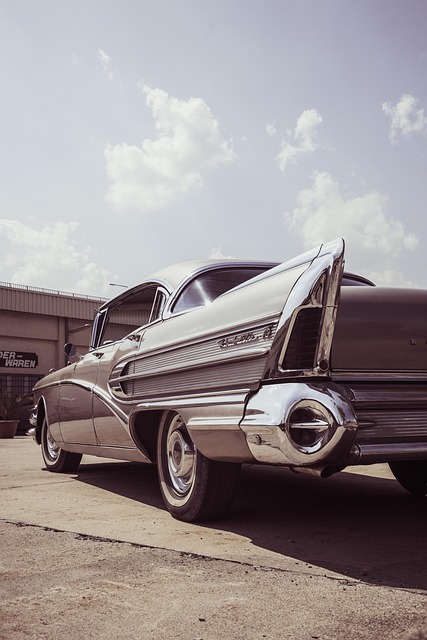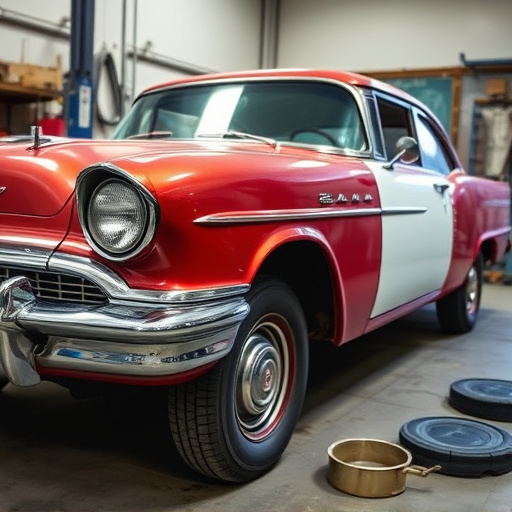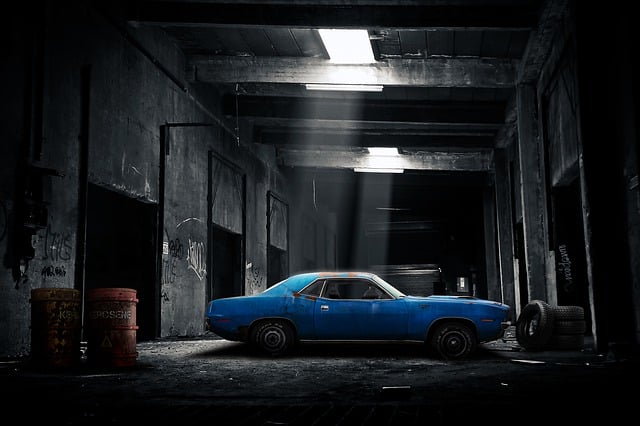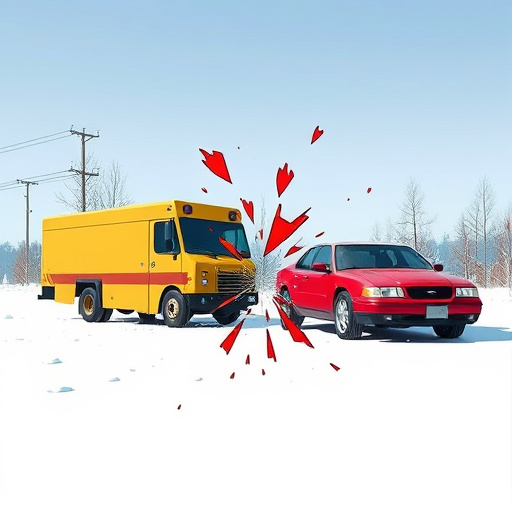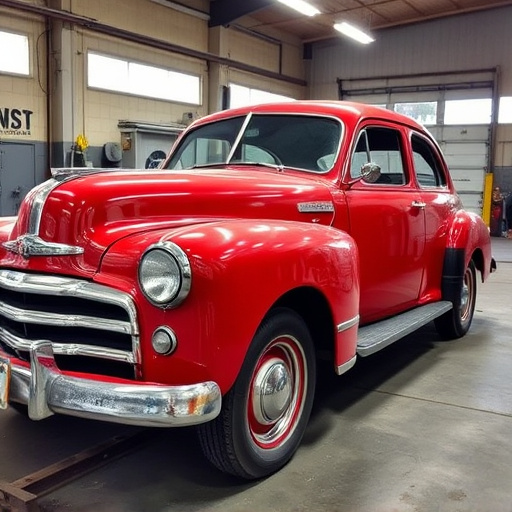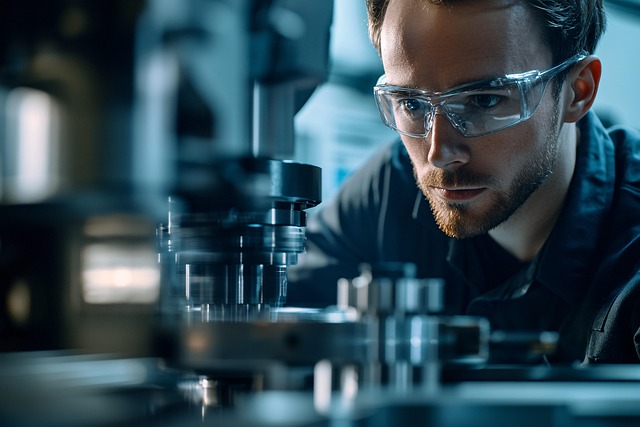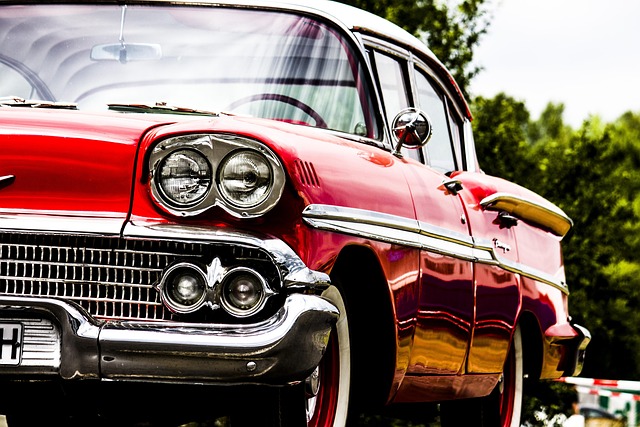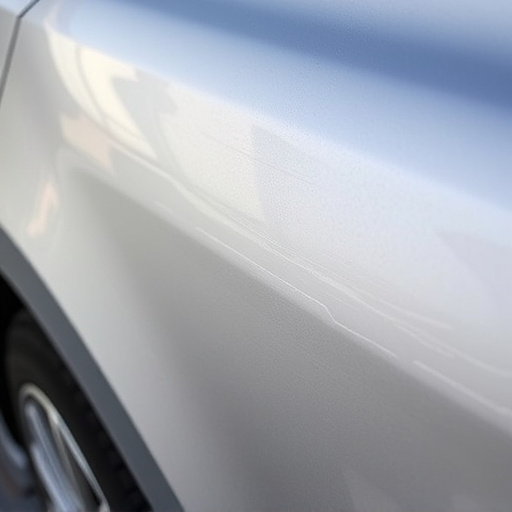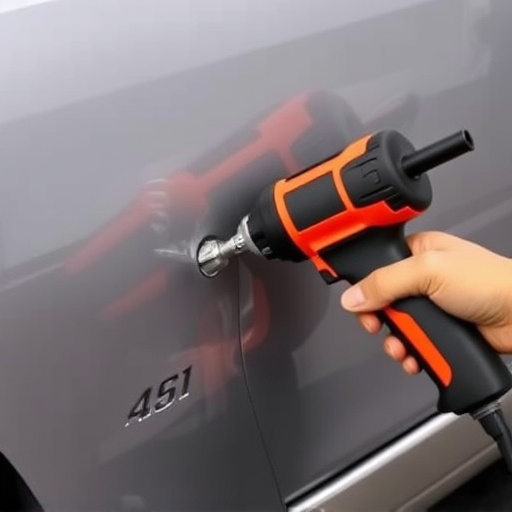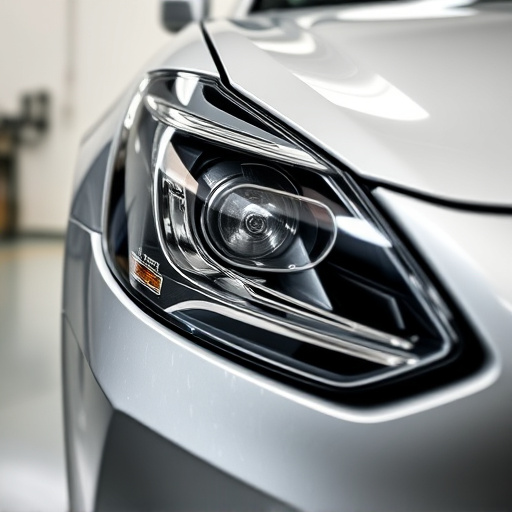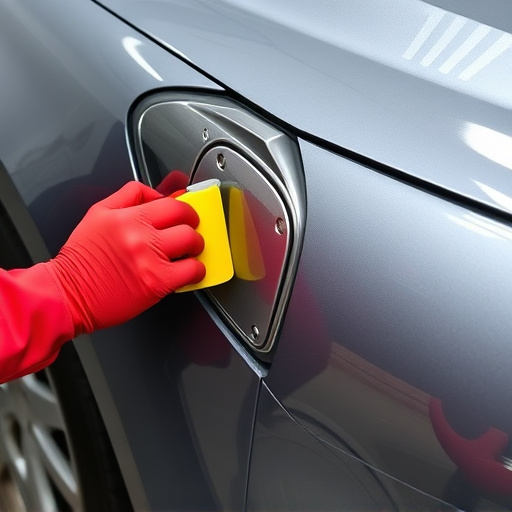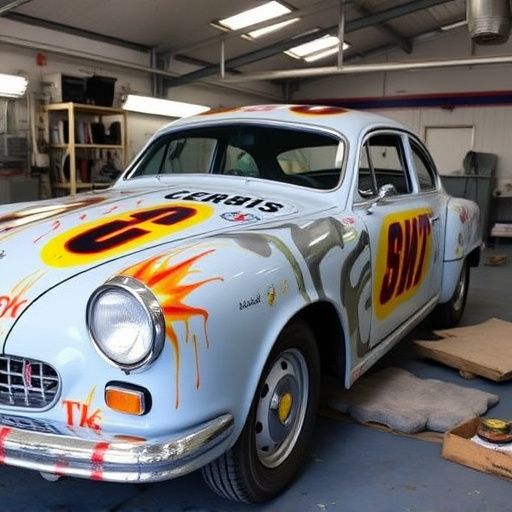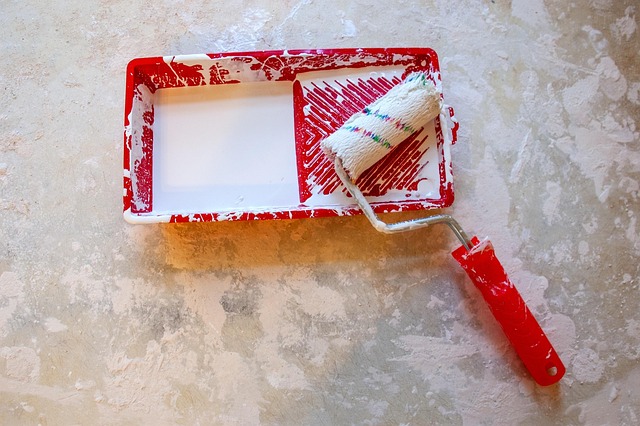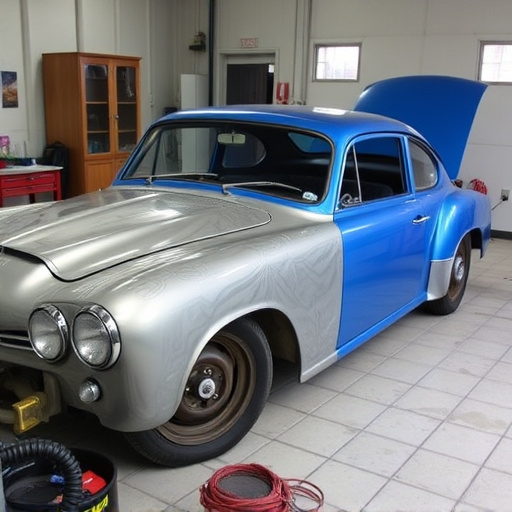After a motorcycle collision, meticulous damage assessment and precise repairs are crucial. Skilled mechanics use diagnostic tools to inspect every component, from frame to electrical systems, ensuring optimal restoration. Disassembly, preparation, and replacement of damaged parts with tailored components and reinforcement materials are key steps in motorcycle collision repair, prioritizing safety and structural integrity.
Motorcycle collision repair is an art that combines skill, precision, and a deep understanding of vehicle dynamics. To master this craft, you must first assess the damage, meticulously inspecting every component. Then, carefully disassemble the affected areas, preparing them for repairs. Next, learn effective techniques for replacing and reinforcing parts to ensure structural integrity and optimal performance post-collision. By following these steps, you’ll be well-equipped to successfully navigate the process of motorcycle collision repair.
- Assess Damage: Inspect and Evaluate Motorcycle Components Thoroughly
- Disassemble and Prepare: Carefully Take Apart Affected Areas for Repairs
- Replace and Reinforce: Techniques for Successful Collision Part Substitution
Assess Damage: Inspect and Evaluate Motorcycle Components Thoroughly
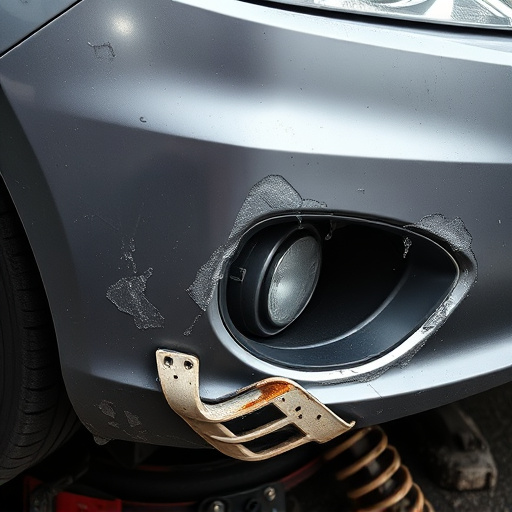
After a motorcycle collision, assessing the damage is the first step in any successful repair process. It’s crucial to thoroughly inspect and evaluate every component of the bike to understand the extent of the harm. This involves carefully examining the frame for cracks or deformations, checking tire and wheel integrity, inspecting suspension systems, and evaluating the condition of fluids and electrical systems.
Motorcycle collision repair goes beyond mere visual inspection. It necessitates a deeper dive into the technical aspects. Mechanics skilled in motorcycle collision repair can use diagnostic tools to assess internal damage and ensure every part functions optimally after repairs. This meticulous evaluation is key to matching replacement parts accurately and restoring the motorcycle to its pre-collision condition, sometimes even enhancing performance through updated technologies available in auto body repair shops or fleet repair services.
Disassemble and Prepare: Carefully Take Apart Affected Areas for Repairs
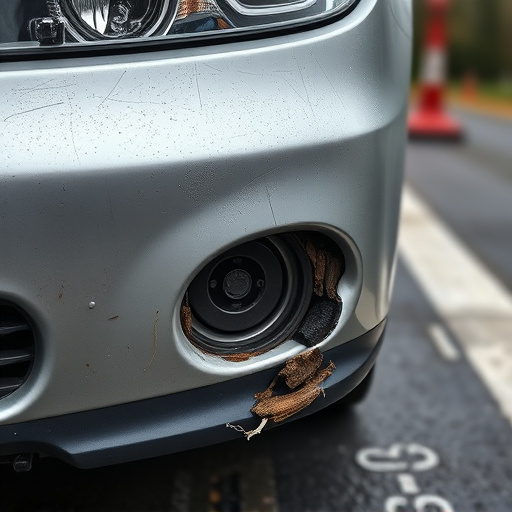
When addressing motorcycle collision repair, the initial step involves meticulous disassembly and preparation. This crucial phase demands precision and care as it sets the foundation for successful restoration. Begin by carefully separating the affected areas, gently detaching components that may have been impacted during the collision.
The goal is to gain full access to damaged sections while preserving surrounding, unharmed parts. This process often requires specialized tools tailored for motorcycle repair, ensuring every move is made with safety and efficiency in mind. Proper preparation allows auto body services professionals to accurately assess the extent of repairs needed, whether that involves intricate autobody repairs or more straightforward adjustments.
Replace and Reinforce: Techniques for Successful Collision Part Substitution
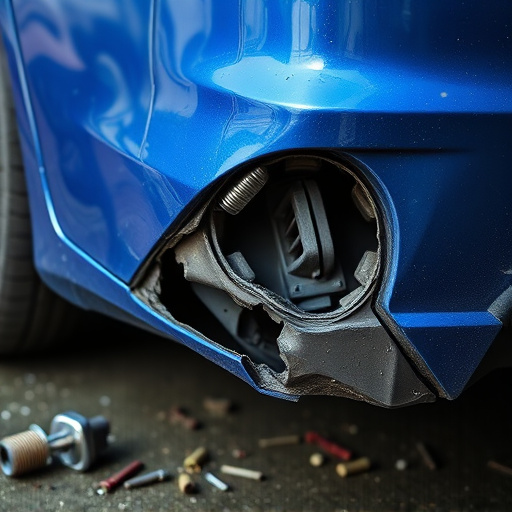
When performing motorcycle collision repair, the process of replacing and reinforcing damaged parts is crucial for ensuring structural integrity and safety. It involves meticulous disassembly and careful selection of replacement components. For instance, when dealing with frame damage—common in motorcycle accidents—it’s not just about swapping out the visible parts. The frame acts as the motorcycle’s backbone, so repairing or replacing it requires advanced techniques to maintain its strength and alignment.
After removing the damaged section, technicians should inspect the surrounding areas for any secondary impacts or hidden injuries. Reinforcement materials like reinforced metal panels or specialized adhesives can be used to enhance structural stability. This process mirrors that of luxury vehicle repair, where precision is key. Unlike a car’s straight lines, motorcycles have complex curves and angles, making each replacement part unique. Moreover, understanding how to effectively reinforce these parts, similar to addressing hail damage on vehicles, prevents further complications during the collision repair process.
Mastering motorcycle collision repair techniques requires a meticulous approach, from assessing damage to replacing and reinforcing parts. By thoroughly inspecting components, disassembling affected areas with care, and employing effective substitution methods, you can ensure successful repairs that restore your motorcycle to its pre-collision condition. Incorporating these steps into your process enhances not only the structural integrity of the vehicle but also its overall performance and safety on the road.
